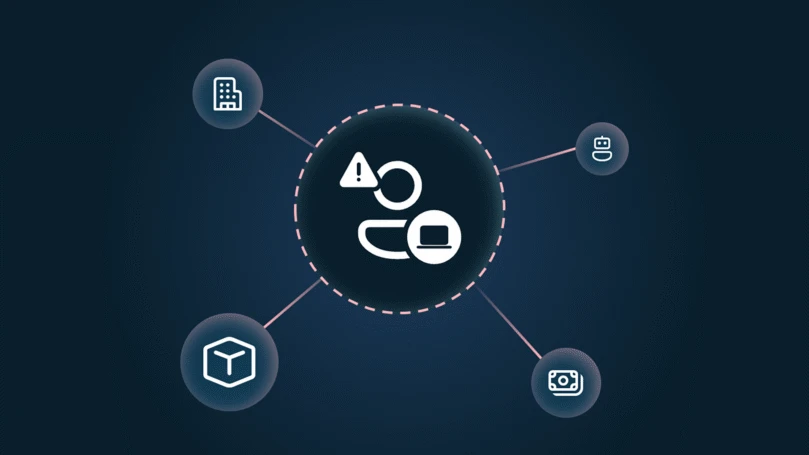
New Microsoft e-book: 3 reasons point solutions are holding you back
Explore the new Microsoft e-book on how a unified, AI-ready platform delivers speed, resilience, and measurable security gains.


Microsoft Defender helps prevent, detect, and respond to attacks across devices, identities, apps, email, data, workloads, and clouds. Explore threat intelligence, capabilities, and real-world guidance to help you get more out of Defender.











